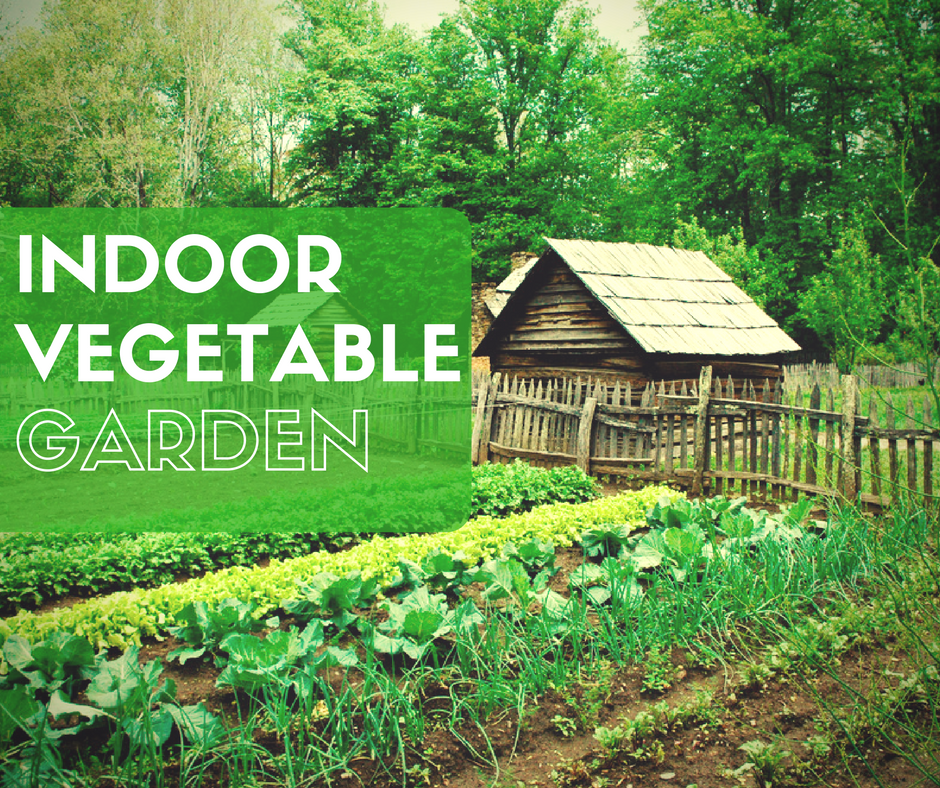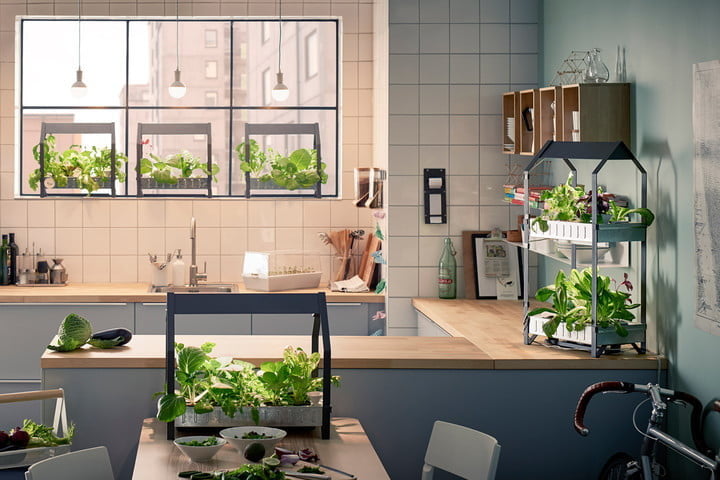What are the must -have gardening tools every novice gardener needs? Most first-time gardeners have a hard time picking the right tools. As such, they end up overspending and going overboard when they purchase their equipment. Others fall into the trap of investing tidy sums of money on the latest gardening equipment, all in a bid to tap into the new levels of expertise these tools promise and enjoy the ease of use the manufacturers assure.

Keep away from these marketing gimmicks and get the following instead:
- Pruning Tools
For pruning your garden, you are going to need a pair of clippers (also referred to as secateurs, pruning shears, and pruners). You should use these gardening tools while trimming and shaping plants and deadhead, pruning damaged foliage and branches, as well as cutting perennials back.
There are many different types, sizes, styles, and price points where pruning tools are concerned. However, to ensure you have it right, go for a bypass pruner with blades that overlap (similar to a pair of scissors in action). Anvil -style pruners will only end up crushing your plant stems instead of enabling you to achieve a cleaner cut.
As a novice gardener, you probably won’t be doing much deadheading and pruning. Therefore, consider investing in a pruner that is long-lasting and affordable. If you can, do get pruning equipment that you can take apart to clean and sharpen.
If you have a bit more leeway regarding finances, get something a bit more expensive since it will probably have been designed to last forever. Pricier pruners also tend to be easier to clean, sharpen, and replace.
- Shovels/Spades
Before you make a solid choice between these two, you need to understand the differences they exhibit.
Spades and shovels are essential for moving gravel, mulch, plants, and soil. That said, both of these gardening equipment types come in a variety of styles. What you are going to need will ultimately depend on how you intend to use it.
While shopping, keep your strength and size in mind — all the while remembering that bigger is hardly ever better where shovels and spades are concerned. It is much easier to use a small tool because it will allow you to lift lighter loads more frequently.
For planting jobs, moving soil, and digging holes, a round -tipped shovel with the right handle length will work perfectly. If you only have enough money for one digging tool, we highly recommended that you get a round tipped shovel.
You can handle lighter tasks — such as transplanting — with a square -tipped shovel. As long as it has a short handle, this type of shovel will also work well when you need to level areas for walkways and patios, scoop up piles, and square off trenches.
Spades are somewhat the same as square -tipped shovels in the sense that they both have flat blades. However, the blade on you spade should be narrower and longer — since they are designed to cut right through soil and roots. Spades are ideal for dividing and transplanting perennials, edging, and working in a flowerbed that’s crowded.
With all spades and shovels, look for one with:
- – A forged metal head
- – A handle that has been fitted securely into the shaft
- – A large lid close to the top of the spade blade that you can step on
- – A comfortable fit
- – The right weight that isn’t too heavy or light
- Trowels
Trowels are somewhat the same as small shovels. As such, you can use them for such jobs as:
- – Taking care of container gardens
- – Application in quarters that are too tight for a spade
- – Weeding
- – Planting bulbs and seedlings
As you shop for a trowel as part of your new move into gardening, ensure you get one with a sturdy handle.
The grip should have contours for comfortable gripping. The best options in this regard include:
- – Soft rubber handles, which are the easiest to wield
- – Ergonomic designs made to prevent you from straining your wrist
That said, trowels with long steel blades tend to last longer than their shorter -bladed counterparts. A broad and rounded blade, on the other hand, is more efficient at removing soil while narrow blades are best for use in clay or compacted soil and in between tight spaces. Of course, you can get more than one trowel if you wish.
- Watering Tools
Gardening experts advise that you should always get the best garden hose you can afford. Since you cannot always rely on Nature to provide the water needed in your garden, it is imperative that you get your hose or watering can.
If possible, the best garden hose you get should have brass fittings, be kink -free, and lie anywhere from 4 to 6 ply regarding thickness. Luckily, garden hoses come with some differences based on type, length, and quality. The one you invest in will depend on your particular situation and how you intend to use the best garden hose.
For instance, patio and deck gardening will work out better if you have a coiled hose that you can easily store away when you do not need it. In smaller gardens (with spigot available readily), the 25 -foot hose is probably the best. On the other hand, if the spigots are away from the plants or if your garden is large, get hoses that go all the way up to 100 feet.
Concluding Thoughts
As long as you properly arm yourself with the right gardening tools checklist, knowledge, skills, and enthusiasm, it should be easy for you to evolve from your current novice status to join the ranks of highly experienced gardeners.
The first step, of course, is to invest your money wisely, so you get everything you are going to need — the best garden hose, hoes, barrows, and more. Use the guide above as you go about shopping for the equipment you are going at one point or the other.



